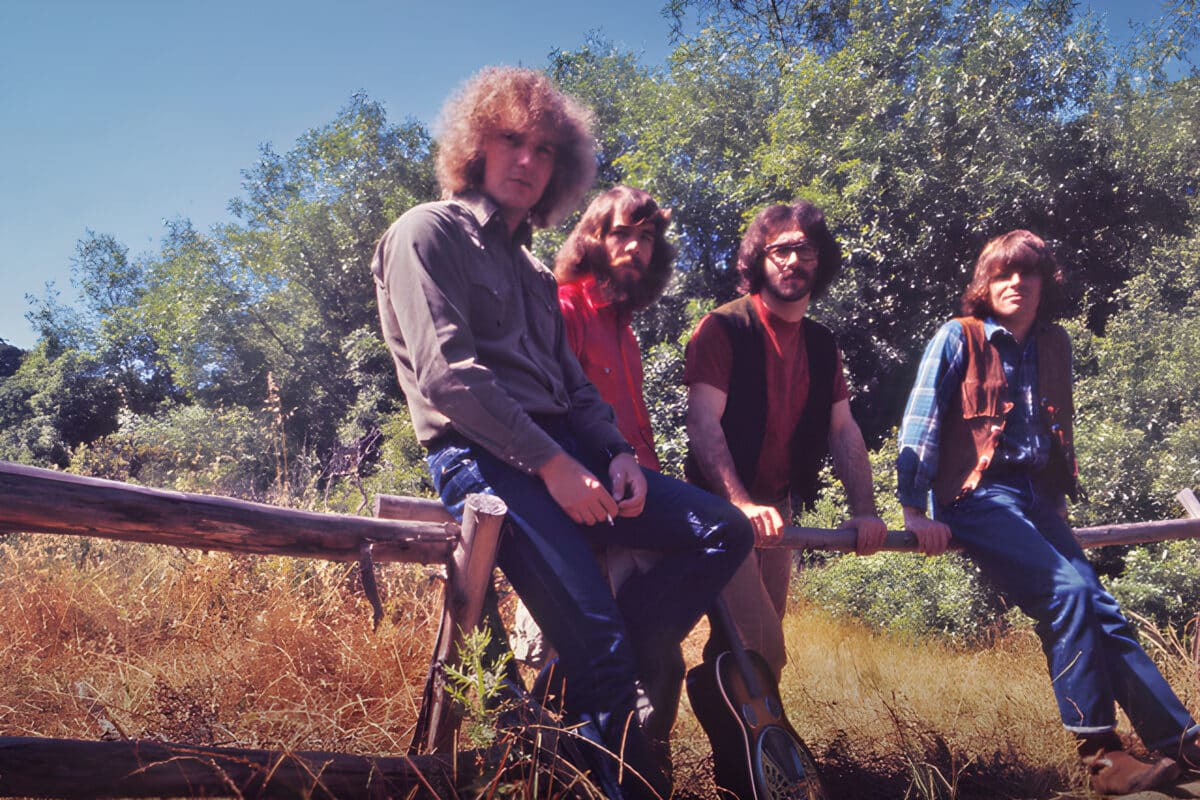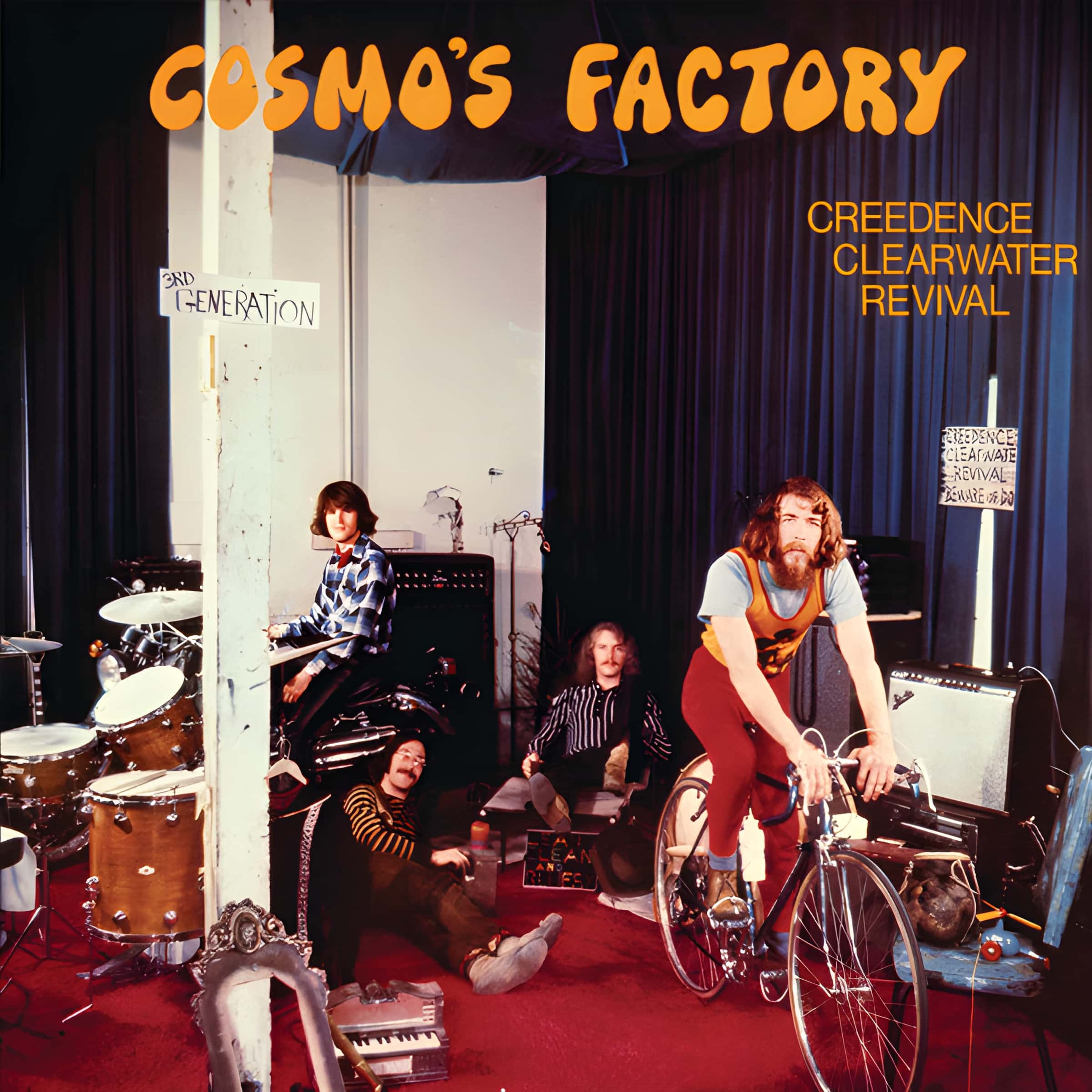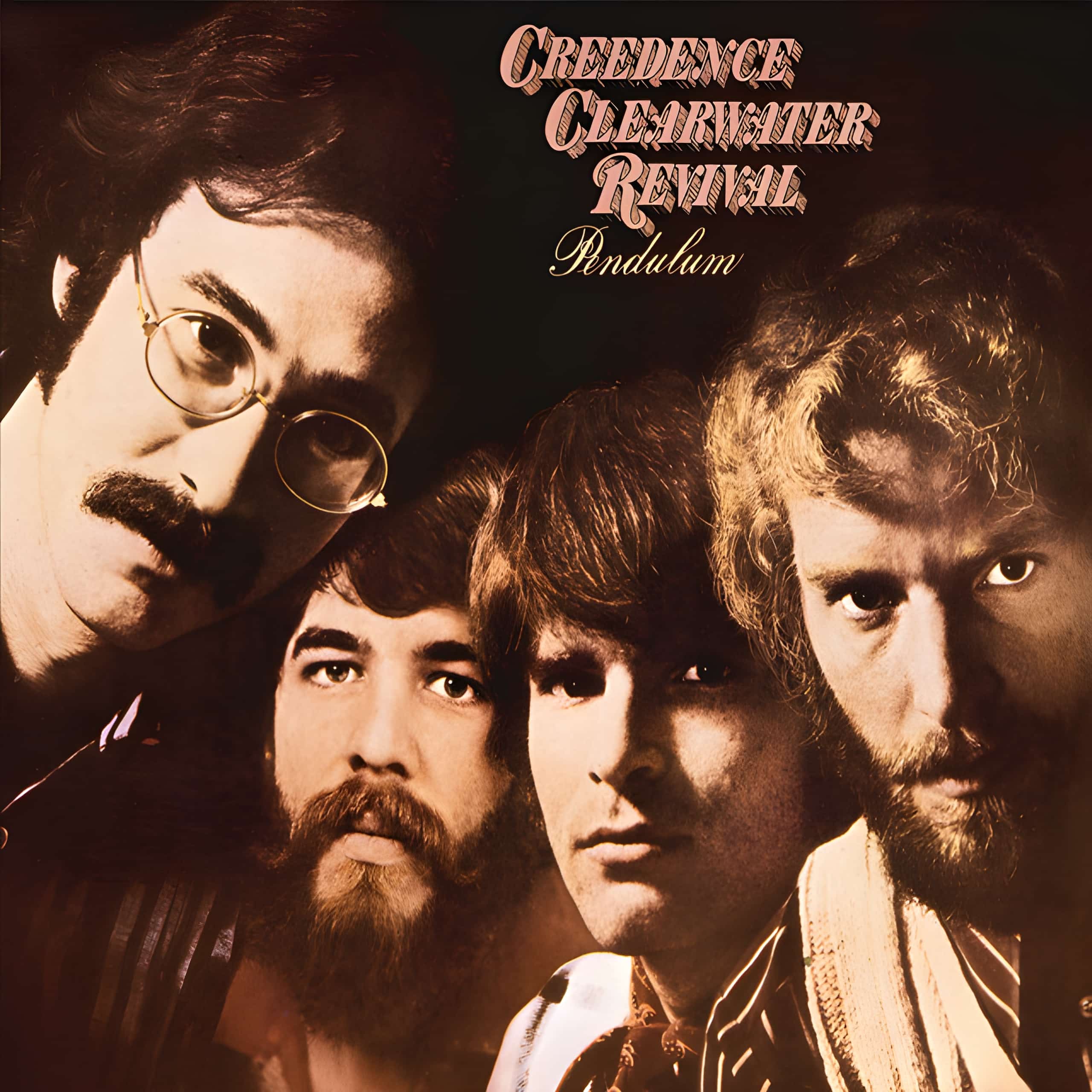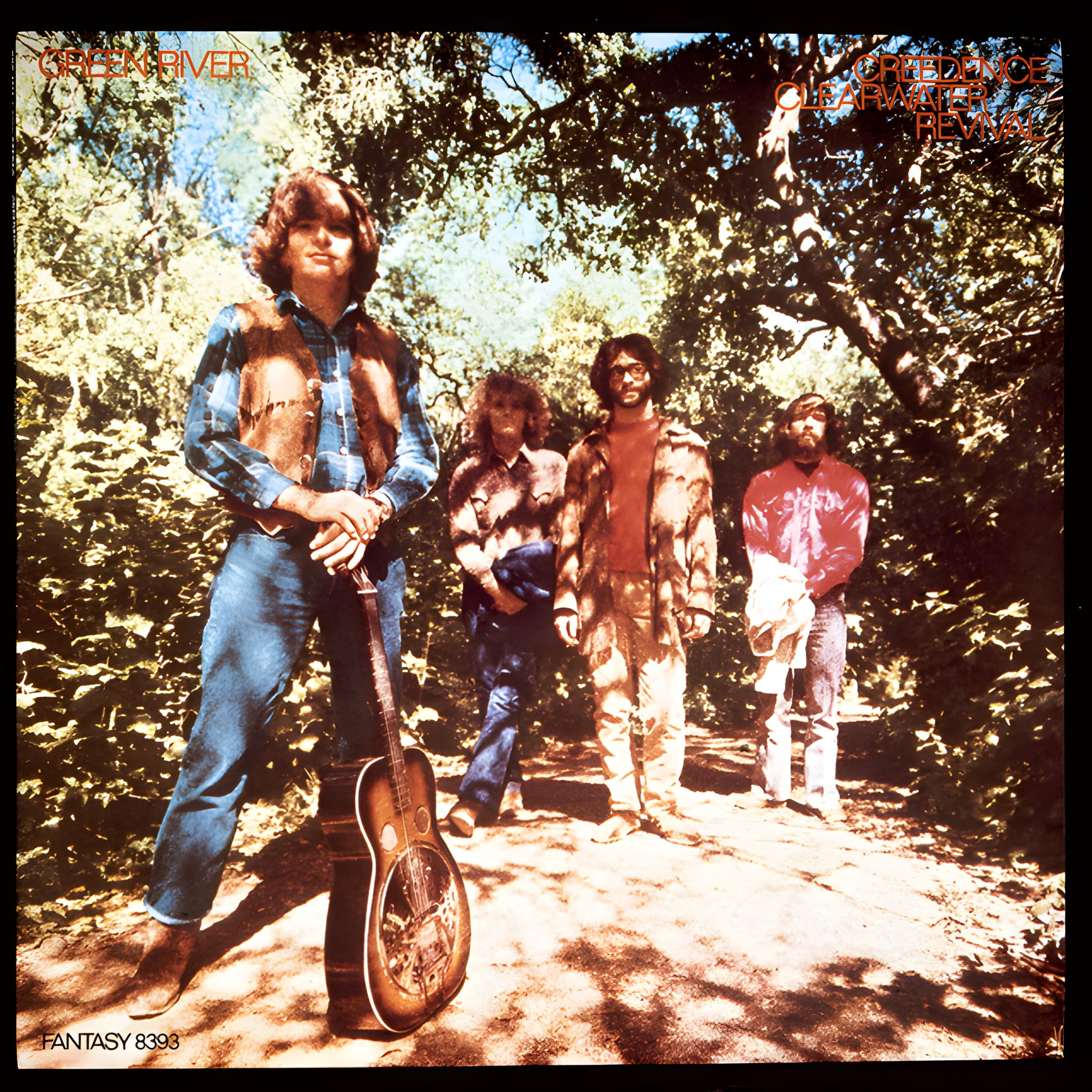At the heart of “Commotion” by Creedence Clearwater Revival lies a profound critique of the hustle and constant hustle of modern life, especially as seen through the lens of late 1960s America. The song cleverly uses the sounds and scenes of the city to highlight the chaotic energy and incessant noise that drown out meaningful communication and connection. In essence, it’s a rock ‘n’ roll anthem decrying the overwhelming commotion that defines our daily grind.
The first verse instantly sets the stage with “Traffic in the city turns my head around,” painting a vivid picture of the urban chaos that disrupts peace of mind. The repeated “no”s emphasize a rejection, or at least a frustration, with the ceaseless busy-ness that fills city life—from traffic jams to packed churches, suggesting that no space is left untouched by the clamor. The imagery of “everywhere you look there’s a frown, frown” speaks volumes about the collective discontent and stress that pervades society, all linked to the never-ending commotion.
By the second verse, the song delves into the realm of communication—or the lack thereof. “People keep a-talkin’, they don’t say a word” captures the essence of superficial chatter that fills the air without carrying substantial, meaningful content. This line, with its sarcastic repetition of “jaw,” critiques how much of our talking, even up to the highest ranks at the White House, amounts to noise rather than fruitful dialogue. This verse exposes the paradox of noise without substance, highlighting a society overwhelmed by sound but starved for genuine communication.
The narrative further evolves with a depiction of the rat race in the third verse. “Hurryin’ to get there so you save some time” ironically suggests that in our rush to save time, we’re actually ensnared in a vicious cycle of hurrying and worrying, represented by the “rushin’ to the treadmill, rushin’ to get home.” This imagery critiques not just the physical exhaustion of keeping pace with modern life’s demands but also the mental toll of constantly worrying about the time we’re supposedly saving. It’s a stark commentary on how the pursuit of efficiency and speed has led to a deeper sense of dissatisfaction and unrest.
Throughout “Commotion”, Creedence Clearwater Revival uses the chorus—Com, commotion, Git, git, git, gone—as a catchy yet poignant refrain that encapsulates the desire to escape the relentless noise and haste that characterizes modern existence. The repetition of “git, git, git, gone” serves as a powerful suggestion to leave behind the chaos that prevents us from connecting genuinely with others and perhaps, more importantly, with ourselves.
In “Commotion”, Creedence Clearwater Revival doesn’t just offer a rock anthem; they provide a mirror to society, reflecting the dysfunction and disconnection bred by a world too loud to listen to itself. It’s a defiant, critical look at the cost of progress as measured in the currency of human contentment and connection, cloaked in the unmistakable groove of classic rock.








